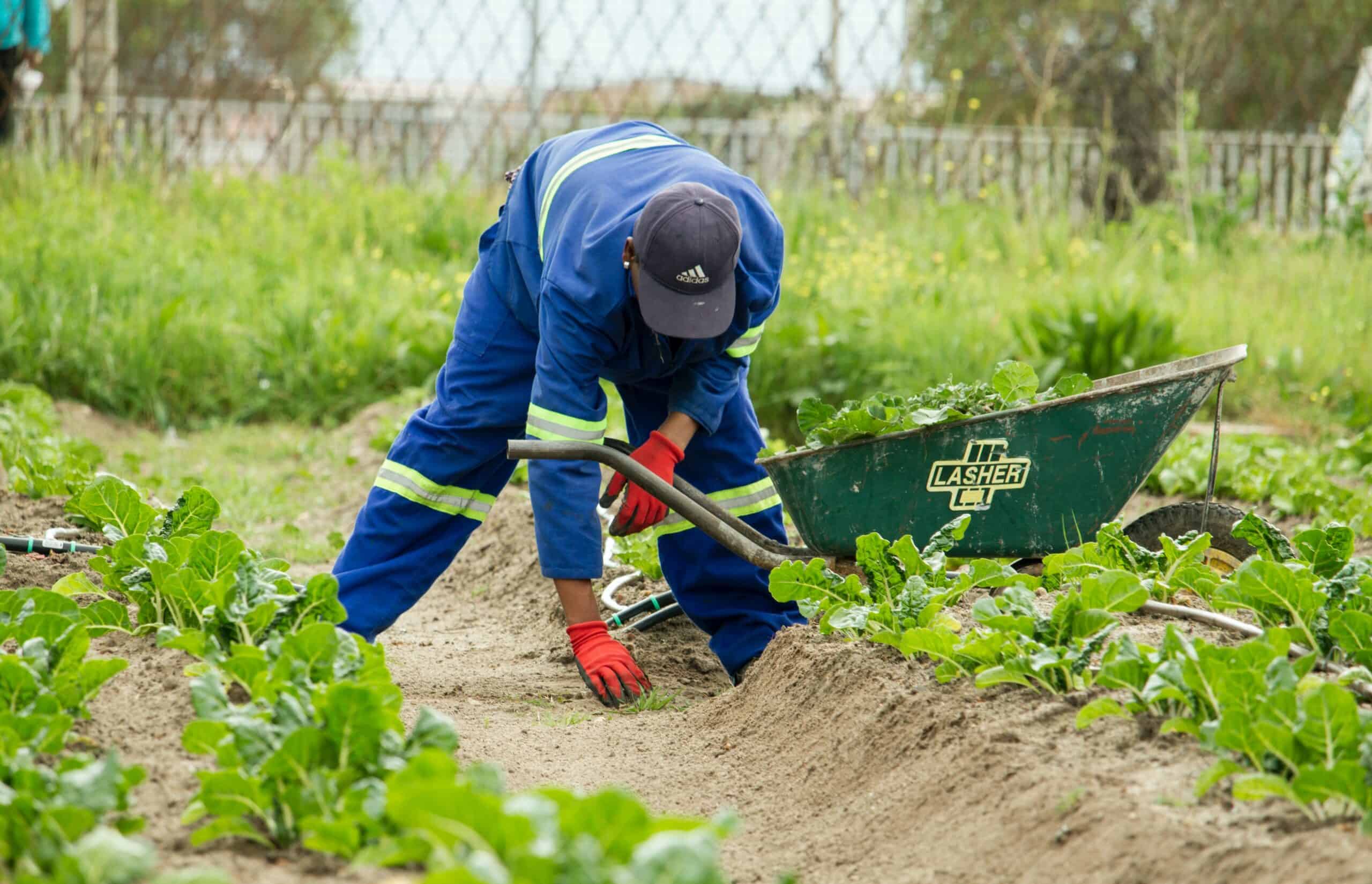How to Ski Green ~ Hit the Slopes without Melting them
Ski green – As you most likely have experienced and read about, the weather and climate changes in recent years have had a profound effect on our planet. And with increasing temperatures in even far-north regions of the world, ski … Read More




